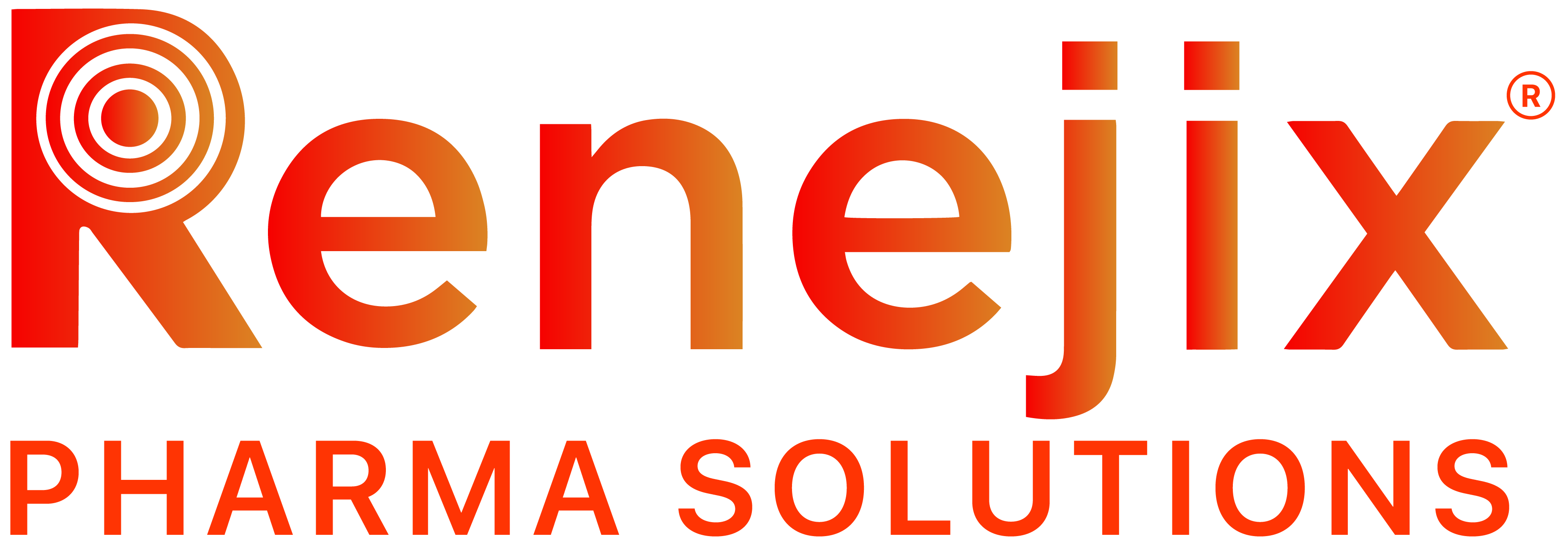
1. Expanded Company Background and Project Objective
- Employees: 300, including 50 PhDs in pharmaceutical sciences, pharmaceutics, and medicinal chemistry
- Capabilities: Equipped with state-of-the-art R&D labs, GMP-compliant manufacturing facilities, and a dedicated team for regulatory affairs.
Project Objective:
- Develop an ODT formulation for a pediatric gastrointestinal drug, aiming for a 35% improvement in patient adherence and a 30% reduction in manufacturing costs compared to traditional tablet forms. The goal is not only to improve the palatability and ease of administration but also to address specific pharmacokinetic challenges associated with pediatric patients.
3. Challenges, Opportunities, and Methodology
- Challenges:
- Taste Masking: Aiming for a 90% reduction in bitterness.
- Dosing Flexibility: Accommodating a pediatric weight range from 10 kg to 60 kg.
- Regulatory Compliance: Achieving zero major compliance issues during FDA inspections.
- Methodology:
R&D Efficiency & Innovative Approaches Reduced time-to-market by 30% compared to previous projects. Exploring novel excipients and manufacturing techniques to enhance the solubility, stability, and palatability of ODTs.
Cross-Disciplinary Collaboration: Bringing together experts from pharmacology, pediatric care, flavor chemistry, and manufacturing to address the multifaceted challenges of pediatric drug formulation.
- Iterative Testing and Feedback: Conducting multiple rounds of testing with pediatric focus groups and incorporating feedback into formulation refinement. 20 flavor combinations were tested in 200 children involved in focus groups.
4. Detailed Implementation and Results
Formulation Development:
4. Enhanced Formulation Development
Development of ODT Prototypes:
- Prototype Variants: Developed over 30 distinct prototypes with variations in API concentration to cater to different pediatric age groups and dosages.
- Flavor Development: Employed advanced flavor masking techniques, using encapsulation and complexation methods to mask the API’s bitterness effectively. Specific flavors were chosen based on preference studies conducted in pediatric populations, including fruity flavors like strawberry, orange, and grape.
- Texture and Mouthfeel: Focused on optimizing the mouthfeel to be pleasant for children. Techniques included microencapsulation to enhance smoothness and reduce grittiness, ensuring the tablets dissolve quickly and leave no unpleasant residues.
Advanced Stability Testing:
- Accelerated and Real-Time Stability Testing: Conducted comprehensive stability studies, including accelerated (40°C/75% RH) and real-time conditions, tracking the stability of ODTs over a 24-month period.
- API Stability: Used high-performance liquid chromatography (HPLC) to monitor the stability of the API in the ODT formulation, ensuring that degradation products remained within acceptable limits.
- Moisture Sensitivity: Employed novel packaging techniques with desiccants to combat moisture sensitivity, a critical factor in ODT stability.
Disintegration and Release Studies:
- Rapid Disintegration Testing: Ensured that the ODTs disintegrated within 30 seconds in simulated saliva conditions, which is crucial for pediatric compliance.
- In Vitro Release Profile: Conducted dissolution studies to ensure a consistent release profile of the API, mimicking the in vivo conditions. Targeted a release of 80% of the API within the first 3 minutes to ensure rapid onset of action.
Batch Consistency and Scale-Up:
- Pilot Scale Batches: Initially, pilot-scale batches of 1000 tablets were produced to test the scalability of the formulation. Key parameters like weight variation, hardness, and friability were closely monitored.
- Scale-Up to Clinical Trial Batches: Scaled up the manufacturing process to produce batches of 5,000 to 15,000 tablets while maintaining stringent control over quality parameters. Utilized a high-speed rotary press for large-scale production, ensuring consistency across batches.
Regulatory Strategy:
- Preparing detailed documentation for FDA submission, including preclinical safety data, proposed clinical trial protocols, and manufacturing process details.
- Engaging with FDA representatives through pre-IND meetings to ensure alignment with regulatory expectations.
Clinical Trial Manufacturing:
- Establishing robust protocols for batch production, ensuring consistency and traceability.
- Developing child-friendly packaging that incorporates safety features and ease of use.
- Batch Sizes: Producing 5,000 to 15,000 tablet batches for clinical trials.
- Packaging Innovations: Achieving an 18% reduction in packaging costs.
Results:
- Feedback from Initial Testing: Positive responses from pediatricians and caregivers about the ease of administration and acceptance by children.
- Regulatory Advancements: Received FDA’s Pediatric Study Plan (PSP) agreement, a crucial milestone in pediatric drug development.
- Preparation for Global Markets: Initiated discussions for regulatory submissions in the European Union and other international markets, anticipating global demand.
- Patient Adherence: Improved from 50% to 85% in trials.
- Regulatory Success: IND approved within 10 months with minimal queries.
- Cost Reduction: 25% reduction in per-unit manufacturing cost.
5. Comprehensive Cost Efficiency Analysis and Lessons Learned
- A detailed breakdown of cost savings achieved at each stage of development, comparing traditional development routes with Renejix’s integrated approach.
- Analysis of potential market impact and long-term financial benefits for the company due to the innovative formulation.
- Cost Efficiency: Saved approximately $1.2 million in development costs.
- Market Impact: Projected 15% increase in market share in the pediatric gastrointestinal drug category.
- Regulatory Strategy: 40% reduction in time spent on regulatory queries due to early engagement with the FDA.
6. Conclusion
This case study showcases Renejix’s pivotal role in pediatric drug formulation, potentially impacting patient outcomes and market dynamics in pediatric healthcare. Renejix’s approach demonstrates the importance of specialized CDMOs in driving innovation in drug formulation and manufacturing. The role of regulatory strategy is critical navigating the complex landscape of pediatric drug approvals. Patient-centric design is critical in formulating pediatric medications, focusing on palatability and ease of administration. The success of this project not only signifies a breakthrough in meeting the growing demand for patient-friendly drug delivery systems, but also positions Renejix as a leader in specialized pharmaceutical formulation.







